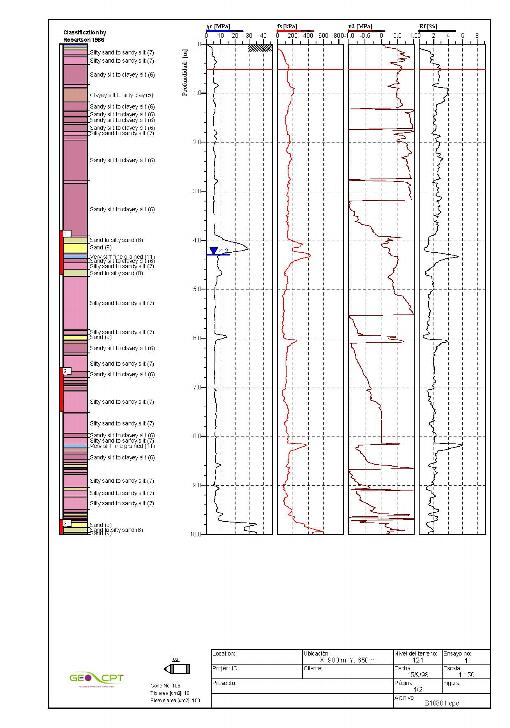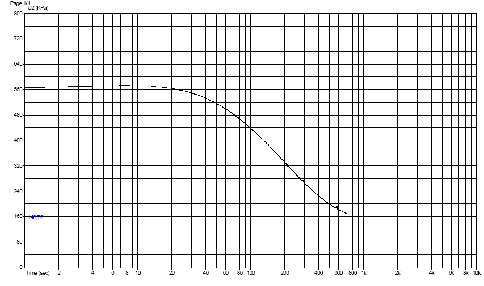
 Static penetration test CPTU (piezocone )
Static penetration test CPTU (piezocone )
In a very short, the static penetration test is to drive CPTU piezocno on the ground at constant speed (2 cm / sec) for measuring cone by captors, the penetration resistance qc, fs friction of a cuff located above the conical tip and pore pressure or water as the cone penetrates the ground.
When the assay measures the pore pressure u, piezocone or CPTU is called. If only measures the tip resistance qc and fs specific lateral friction, the test is called CPT (Cone Penetration Testing English), formerly known as Dutch cone.
The team consists of the cone and piezocone CPTU piling, hollow rods through which the signal cable, central data collection and means of jacking or penetrometer.
The results are presented graphically by plotting the measured parameters to the testing and / or other derivatives of these, the most common of which is the ratio of friction (f = qc / fs%)

Example of graphic output of a test or piezocone CPTU in the first column we can see the results of qc, fs corresponds to the second, the third column represents Rf and fourth are the values of pore pressure u.
In addition to the static penetration test CPTU piezocone can be performed dissipation.
A dissipation test can easily be made at any depth, measuring the speed with which it takes place the dissipation of excess pore pressure to a certain percentage of equilibrium value, the latter generally agrees with the value of the pressure existing hydrostatic depthsensor-transmitter.

Graph corresponding to a dissipation curve in the X axis represents the log t (time) and theinterstitial pressure shaft and U.